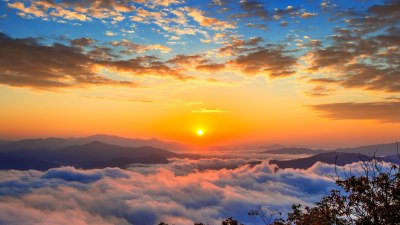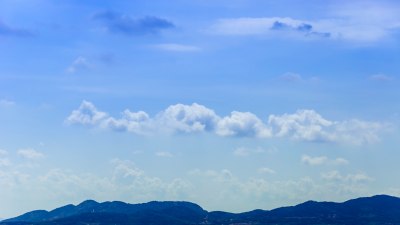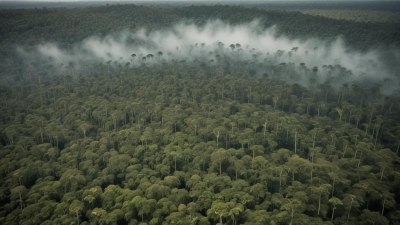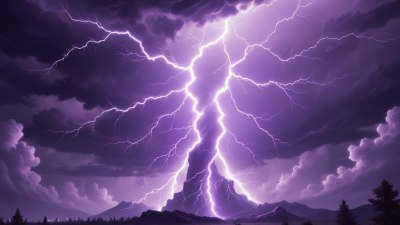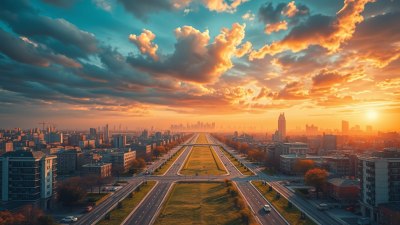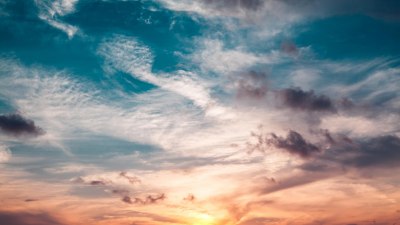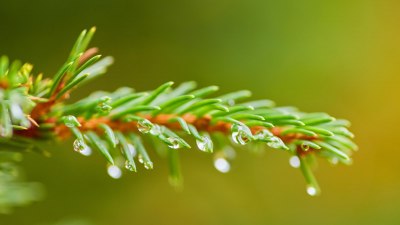Why Some Snowfalls Are Silent
Discover the science behind the silence of some snowfalls and how weather conditions affect sound during these serene moments.
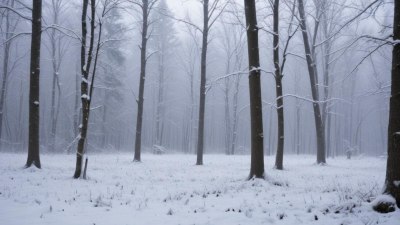
Snowfall is often deemed one of nature's most beautiful spectacles, painting landscapes in white and evoking a sense of tranquility. However, amidst the picturesque beauty lies a fascinating phenomenon: the silence of certain snowfalls. While snowflakes gently fall to the ground, some snow events feel eerily quiet. This article delves into the science behind why some snowfalls are silent.
The Composition of Snowflakes
To understand why some snowfalls are silent, we first need to explore the structure of snowflakes themselves. Snowflakes are crystalline formations of ice that develop as water vapor freezes in the atmosphere. Each snowflake is unique, but their formation depends largely on temperature and humidity. The way in which snowflakes form—whether they are light and fluffy or dense and heavy—plays a significant role in how sound travels through them.
Sound and Its Transmission
Before diving deeper, it’s essential to fathom how sound travels. Sound waves are vibrations that move through various mediums - air, water, or solids. The density, composition, and temperature of the medium play crucial roles in determining how sound travels. In general, sound travels faster in denser mediums. During a snow event, if the snowflakes are light and fluffy, they tend to create a more sound-absorbing environment. This is because the large air pockets formed between the flakes significantly dampen sound waves.
The Impact of Air Pockets
When snowflakes accumulate, they form a layer that traps air pockets. These air pockets provide insulation that further suppresses sound, creating a muffling effect. This is particularly noticeable during fresh snowfalls when the ground is covered in soft, fluffy snow. Walking on such surfaces produces a muted crunch—the sound is absorbed rather than echoed. Hence, the ambiance becomes serene, allowing the silence to dominate the snowfall experience.
Temperature and Humidity
Temperature and humidity also play pivotal roles in determining the quality of snowfall. Colder temperatures tend to yield lighter, fluffier snow, while higher temperatures can result in denser snow. The lower air temperature during a snowfall reduces the movements of air particles, which also contributes to quieter conditions. Additionally, higher humidity levels increase the density of the air itself, which facilitates sound propagation. Therefore, snow that falls during humid conditions tends to sound louder than that which falls in dry, cold conditions.
Wind and Atmospheric Conditions
Another significant factor is the presence of wind during snowfall. Wind can carry sound and transmit it over longer distances. Conversely, calm conditions lead to a more subdued sound profile during snowfall. When there’s little to no wind, the sounds generated—thuds, shifts, or even vocalizations—are constrained, accentuating the stillness. During a silent snowfall, the serene environment combined with the muffling properties of accumulating snow emphasizes the tranquility of the moment.
Types of Snowfall Events
Not all snowfalls are created equal. There are different types of snowfall events, each influencing the surrounding soundscape. For example, light flurries consist of smaller snowflakes that fall gracefully and may create minimal sound. Heavy snow showers, on the other hand, result in louder impact sounds when snow hits surfaces. However, once the initial flurry calms down, a heavy blanket of thick, fluffy snow can similarly lead to silence.
SNow Accumulation Dynamics
The way snow accumulates also affects sound transmission. As snow builds up, it increases the layer of material through which sound must travel, further absorbing and dampening it. This accumulation effect can lead snow-covered landscapes to feel acoustically deadened, especially in contrast to bare, solid surfaces where sounds bounce. For instance, walking on a snow-covered path results in muffled footsteps, while the same path without snow would amplify the sounds of crunching ice or gravel.
The Psychological Perception of Sound
The perception of sound is not solely a physical phenomenon; it is also psychological. When one is surrounded by the picturesque scenery of a serene snowfall, the contrast with everyday noise can lead to a heightened awareness of silence. The natural quietness during snowfall can evoke contemplative thoughts, enhancing the emotional response to the scene. This sense of peace may amplify feelings of solitude, introspection, and reflection.
The Urban Environment vs. Nature
The context in which snowfall occurs, whether in an urban environment or in nature, also influences sound. In urban settings, sounds—traffic, chatter, and machinery—compete with the quiet of falling snow. However, in more natural surroundings, the isolation from noise, coupled with the muffling properties of snow, creates a more pronounced silence. The enveloping effect of snow in nature leads to a quieter, almost dreamlike experience.
In Conclusion
In summary, the silence of certain snowfalls can be attributed to multiple intertwined factors—the structure and properties of snowflakes, sound transmission dynamics, atmospheric conditions, and psychological perceptions. The next time you find yourself in a serene snowfall, take a moment to appreciate the science behind the quiet. It is not merely a lack of sound; rather, it is an experience that immerses one in the beauty of nature's wonders.
